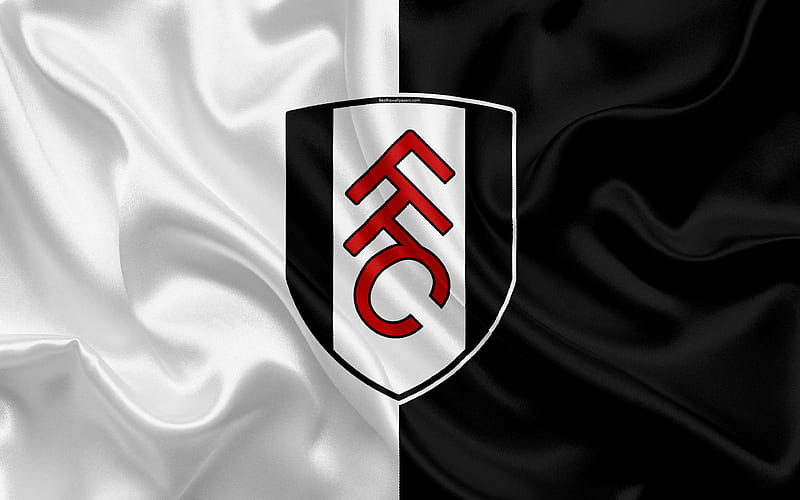Fulham FC, one of the oldest football clubs in England, has a rich history that dates back to its founding in 1879. Nestled in the heart of London, this club has witnessed numerous triumphs and challenges over the years. It stands as a testament to the enduring spirit of football and the communities it serves. In this blog post, we will explore the intricate narrative of Fulham FC, delving into its origins, significant milestones, and the unwavering support of its fans.
The Origins of Fulham FC
The inception of Fulham FC embodies the very essence of grassroots football. Established by a group of churchgoers from the local area, the club was originally founded as Fulham St Andrew’s Church Sunday School FC. This humble beginning set the stage for an illustrious journey that would see the club evolve both on and off the pitch J.88.
Formation and Early Years
Founded in 1879, Fulham FC began its life playing friendly matches against various local teams. The club quickly found its footing in the competitive atmosphere of English football, gaining recognition and respect among other clubs in the region. These early years were characterized by a strong sense of community and camaraderie, with players often turning out for their local team simply for the love of the game.
In the late 19th century, Fulham began participating in league competitions, notably joining the Southern League in 1892. This marked a crucial turning point for the club. Competing at a higher level brought exposure and experience, allowing the players to develop their skills while fostering a sense of rivalry with neighboring clubs. The club’s commitment to nurturing talent and building a strong foundation would pay dividends in the years to come.
Key Figures in the Founding Era
Every great club has its heroes, and for Fulham FC, several key figures played pivotal roles in its formation and early success. Among them was the club’s first manager, James B. Seddon, whose leadership laid the groundwork for the team’s initial successes. His vision extended beyond mere victories; he sought to instill values of teamwork and dedication that would resonate through generations of players.
Moreover, the club’s early players, many of whom were local boys, embodied the spirit of Fulham. They played not just for glory but also to represent their community. Their passion and loyalty have been woven into the fabric of the club, forming a legacy that continues to inspire new generations.
Growth and Development
As the 20th century approached, Fulham FC continued to grow, attracting attention both locally and nationally. The establishment of Craven Cottage as the team’s home ground provided a sense of permanence and belonging. This iconic stadium would become synonymous with the club, serving as a backdrop for countless unforgettable moments.
During these formative years, the club also faced challenges, including financial difficulties and stiff competition from larger clubs. However, the unwavering support from the local community fueled the club’s resilience. The bond between the team and its supporters became a defining characteristic of Fulham FC, setting it apart from many other football clubs.


